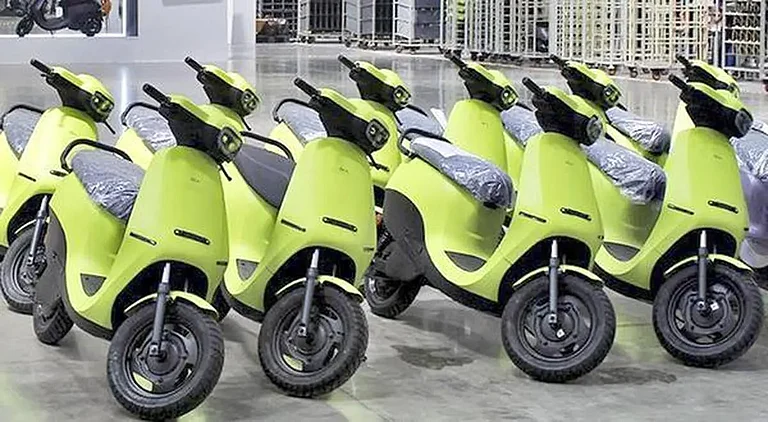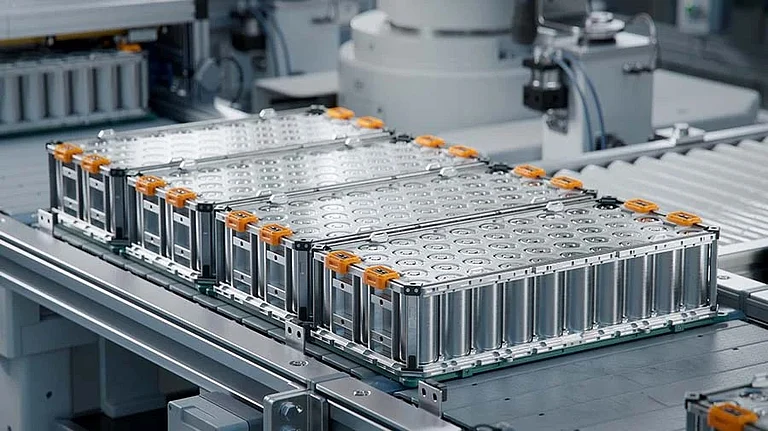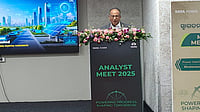Vimal Anand, Joint Secretary of the Ministry of Commerce and Industry, emphasized on Tuesday that, in addition to increasing investments in research and development (R&D) to improve the cost-effectiveness and efficiency of batteries, the sector must also focus on R&D efforts aimed at embedding sustainability throughout the entire supply chain, rather than solely in the final product.
While speaking at the Curtain Raiser of Bharat Battery Show, the senior government official said, “There have been many critics of the sector who question how environmentally friendly it is, particularly regarding emissions generated during the battery manufacturing process. While there is some validity to these concerns, there are also various tools and strategies available to address them.”
He asserted that it is essential to invest in research and development (R&D) to ensure that sustainability is embedded throughout the supply chain, not just in the final product.
Battery manufacturing emissions comes from various stages of the manufacturing process, including raw material extraction(mining of lithium, cobalt and nickel generates CO2 emissions) refining, cell production, assembly, and transportation.
On the government's plan to reduce India's battery import bill he said that the batteries are the cornerstones of the e-mobility transition, enabling efficient, sustainable, and reliable transportation solutions. By 2030, the country will require 300 GWH of advanced batteries for e-mobility.
“Many large Indian conglomerates and startups have not only started working on developing lithium-ion batteries but also futuristic technologies like solid-state batteries, sodium-based batteries, and metal-based batteries. The production Linked Incentive (PLI) scheme has been instrumental in nurturing our domestic supply chain ensuring that India meets its e-mobility aspirations and becomes a global leader in this domain,” he said.
Under Advance Chemistry Cell (ACC) PLI, India is developing 40 GWH and 100 GWH advanced battery manufacturing capacity. Currently, nearly all of India's 15 GWh demand for Li-ion batteries is met through imports. Further, this demand is projected to soar to 54 GWh by FY27 and further to 127 GWh by FY30, driven by increased EV adoption and decarbonization of the energy grid.
The official also pointed out the role of Production Linked Incentive Scheme(PLI) and said that it not only strengthens the capacity to produce high-quality batteries and electric vehicles but also instills a sense of optimism about India's potential to lead the global e-mobility landscape, reducing dependence on imports and boosting economic growth.
India imports lithium-ion (Li-ion) batteries from China, Japan, and South Korea, making it one of the largest importers globally. China holds a dominant position in the Li-ion battery market, with approximately 75% of the battery cell manufacturing capacity located there. Chinese companies also have unrivaled control over both domestic and international raw materials and processing facilities essential for battery production.































